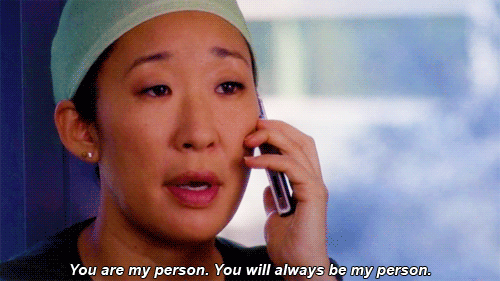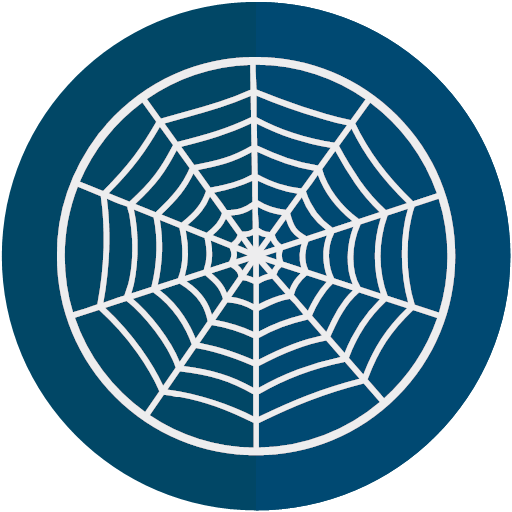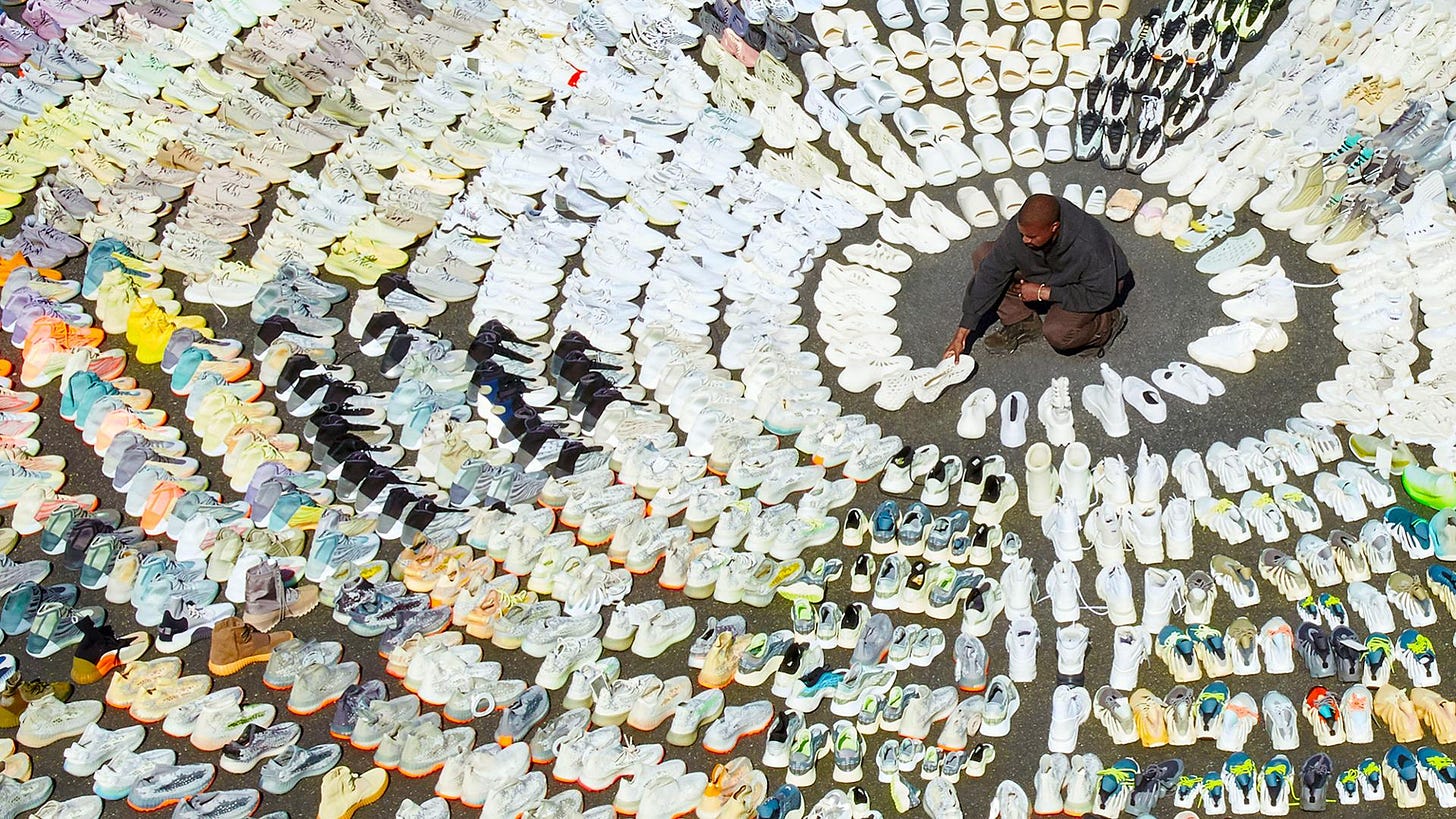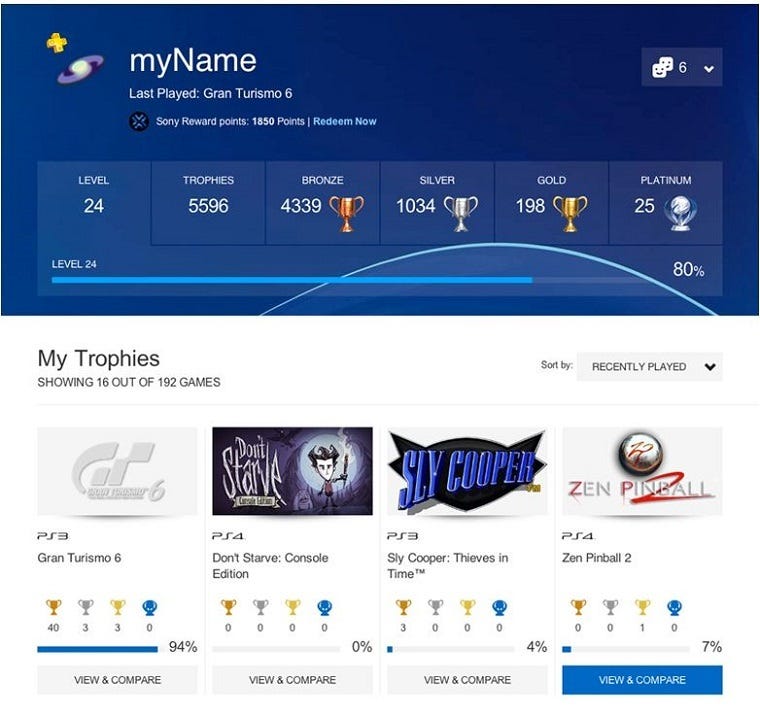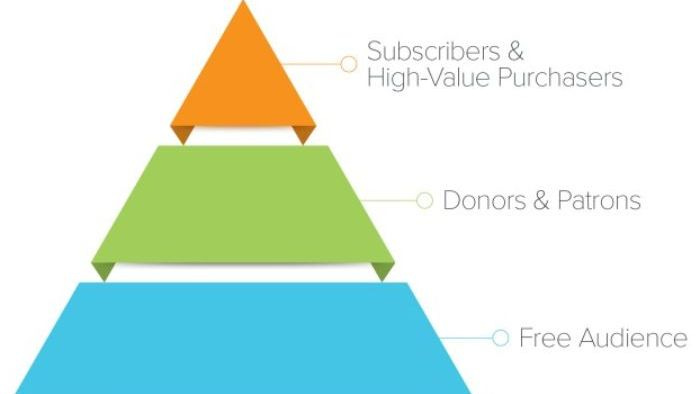How to build engaged brand communities and 1,000 true fans
Today's newsletter explores brand communities - at the request of Pranesh Nagarajan. Thank you Pranesh for this idea!
Stronger Together
If we release an ape and a human into a jungle, the ape will survive. One human just does not have the strength to survive alone.
On the other hand, a group of humans will beat a group of apes. Human civilization is proof.
A group of people harness their collective creativity and smarts to build tools, shelter, outwit wild animals... and not just survive but thrive.
It's not true that we became social because we survived as a race. In fact, we survived because we are social.
We. Are. Community.
We all have people in our life who root for us. In their eyes, we can do no wrong. They support us, pick fights for us, save the last piece of cake for us, and take our calls at 3 AM on a weekday. No matter what fight we are in, we know they are in our corner of the ring.
They are our fans. Our community. Our people.
This is an IRL phenomenon that we don't even think about. It’s happening organically all around us.
Today, when a brand can reach consumers at the cost of an email, communities can become a competitive advantage for brands.
In an era of the upcoming cookie-less world and in order to bypass data walled gardens of social media, e-commerce, and publishers, actively building direct consumer relationships is not just good marketing, but also a competitive business advantage.
The biggest gift community members give to a brand is their time and attention. Money follows naturally. Brands that make it worth their time, thrive. Brands that are transactional, selfish, and that eye community members' wallets, lose.
That is why, the single biggest rule of community building is to offer relevant value first.
Communities Want Value
There are five big reasons that motivate people to become active members of a community.
They want to be part of something bigger than themselves.
They want to belong.
They want to contribute.
They want to earn.
They want to become better.
Pools and Webs
The most basic and functional community is a of people, united by their shared love and appreciation for a product, belief, or celebrity.
Apple enthusiasts, Kim Kardashian devotees, Manchester United fans, or believers in a religion, all fall into this category.
Another common activity that unites like never before in the history of mankind, is content. Harry Potter (Books), Lord of the Rings (Books and movies), Lady Gaga (Music), Game of Thrones (Netflix), and "Pawri Ho Rahi Hai" (Viral Videos) are content that is consumed and loved by large communities of people - countrywide and even globally.
But. These are faux communities because there are no interconnections between community members, and neither is there a meaningful two-way relationship between the object of affection and the fans.
At best, these shared interests are great icebreakers, ignite initial conversation on blind dates, and build a shared sense of camaraderie.
Once the product, content, or celebrity passes its best-before date, these communities disperse.
A real brand community is a group of people who are invested in the brand beyond just the product or a buy-sell transaction. And are interconnected amongst themselves.
To build a real community, these 'pools' need to become 'webs'.
Webs of interconnections, conversations, relationships, and shared action.
Here are some examples of successful communities.
Sneakerheads
Sneakerheads collect exclusive sneakers as soon as they 'drop', store them, and sell them at ridiculous profits.
They hoard limited editions and special colors. This is how Kanye West's line - Yeezy, has made his billions. Check out this article on Kanye West's Yeezy here.
While some Sneakerheads make money, most want to own a part of history.
For example, the Air Jordan 12 – Michael Jordan’s 12th signature pair of sneakers worn in the 1997 NBA finals against the Utah Jazz (memorable because Jordan played despite having suffered food poisoning the night before).
Twenty years later, the Air Jordan 12 was reintroduced to the market as a “retro-model”. They flew off the shelf because they appealed to a sense of celebrity nostalgia and sports legend.
Sneakerheads run an underground stealth economy (estimated to be $2Bio in the US), supported in a not-so-stealthy way by big brands.
Brands design unique, celebrity-endorsed sneakers. They purposely create scarcity and sell them like a cocaine dealer rations out pinches of the good stuff to his new clients so they keep coming back for more.
This world has spawned new businesses just to arbitrage information about new launches. SoleSavy is a Slack Channel that charges $33 per month to give exclusive new sneaker release information.
Simon and Schuester
This New York-based publishing company invites authors, readers, and writers to contribute book reviews on its website - Off the Shelf.
This has become a successful community of book lovers. It appeals to a small but passionate group of people who love books and are aspiring writers.
They know they might never write that novel, but feel they have contributed when they see their 200-word book review on the website of a world-famous publisher.
At a negligible cost to them, the brand keeps consumers engaged and invested.
PlayStation
A community that plays together, stays together.
PlayStation has created an engaged community by converting online gaming into team sports.
Gamers talk to each other in forums, watch each other play and compete for 'Trophies'.
Having online connections around a passion point that gamers spend hours behind, is the lifeblood of this community.
Sephora
The Sephora online community - BeautyTalk emerged organically.
Consumers were leaving thousands of reviews and asking a lot of questions about product usage on sepora.com. Sephora converted it into a safe online community space where consumers could share freely.
Today, it is a valuable go-to destination for product knowledge and beauty tips - by users, for users. No judgment, no shame, no censorship.
Community Building is Like Gardening
Building a community is a lot like gardening.
All a gardener does, is create the right environment - the right soil, the right amount of sunlight, the right kind of fertilizer at the right time.
The garden grows on its own.
The gardener does not shout out motivational speeches at the gardenias, he does not give free Amazon vouchers to the mango tree if it gives sweeter mangoes.
All the gardener does, is 'listen' to what the plants need, allow them space to grow, remove the weeds, and put in supporting trellises.
The garden keeps growing even when the gardener is not looking.
This 'gardener' mindset builds successful brand communities.
1,000 True Fans
How does this work for a solopreneur? An individual?
More than a decade ago, Kevin Kelly, editor of Wired, wrote an essay called “1,000 True Fans”. He predicted that the internet will enable creators to make a living if they are able to garner just "1,000 true fans".
Kevin Kelly says that with the internet, creators can bypass middlemen and get paid directly.
The internet opens up the whole world to creators; all 4.66bio internet users (Source: Statista). And counting. Surely finding just 1,000 true fans with similar sensibility is not that difficult?
Even if a creator charges $100 per fan per year, that is a $100,000 annual earning (INR70,00,000 not too bad to live a good life).
When a creator's true fans follow everything they do, creators become a brand. When true fans are happy to pay for their work, creators become businesses.
Creators like Tim Ferris, James Clear, Shane Parrish, Maria Popova, and David Perell are solopreneurs. They have not only become global brands but have also built seven-figure businesses. They have done this by creating content for online communities of true fans.





